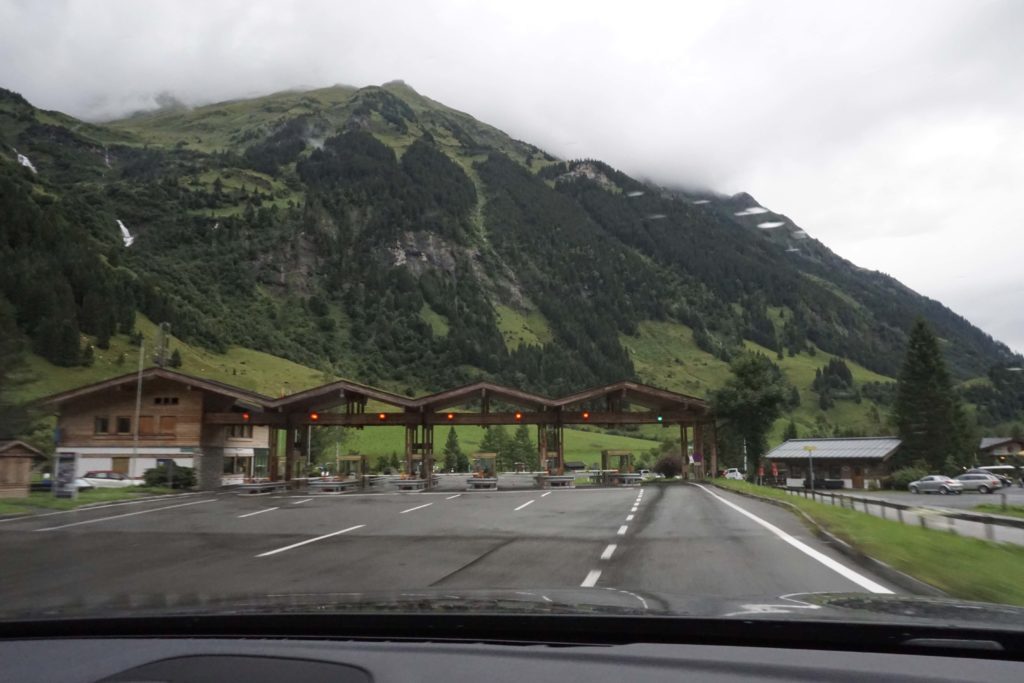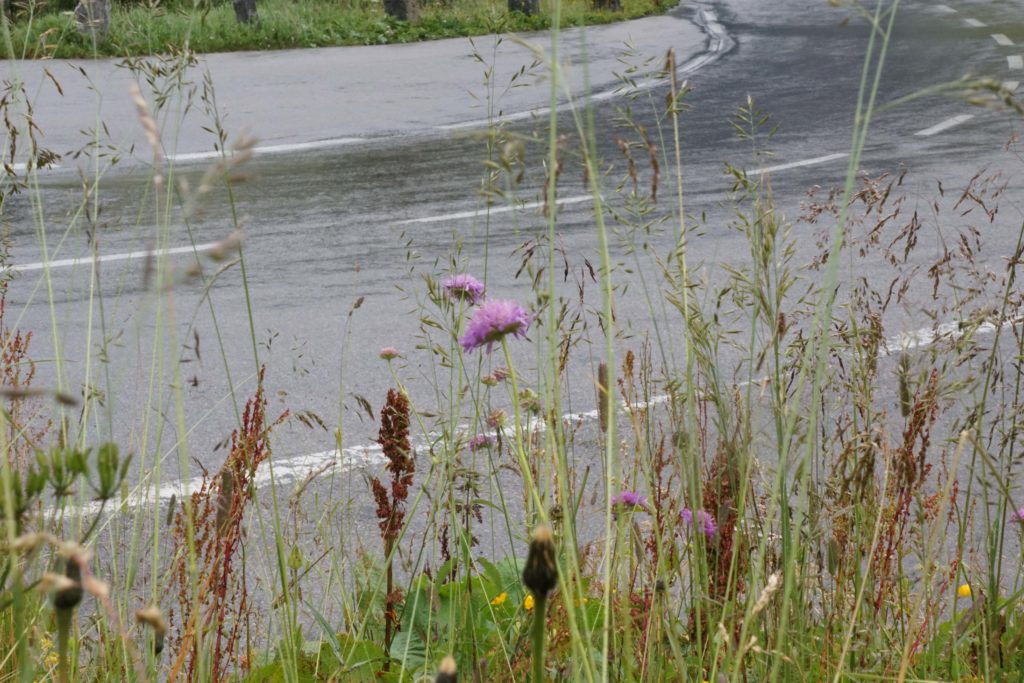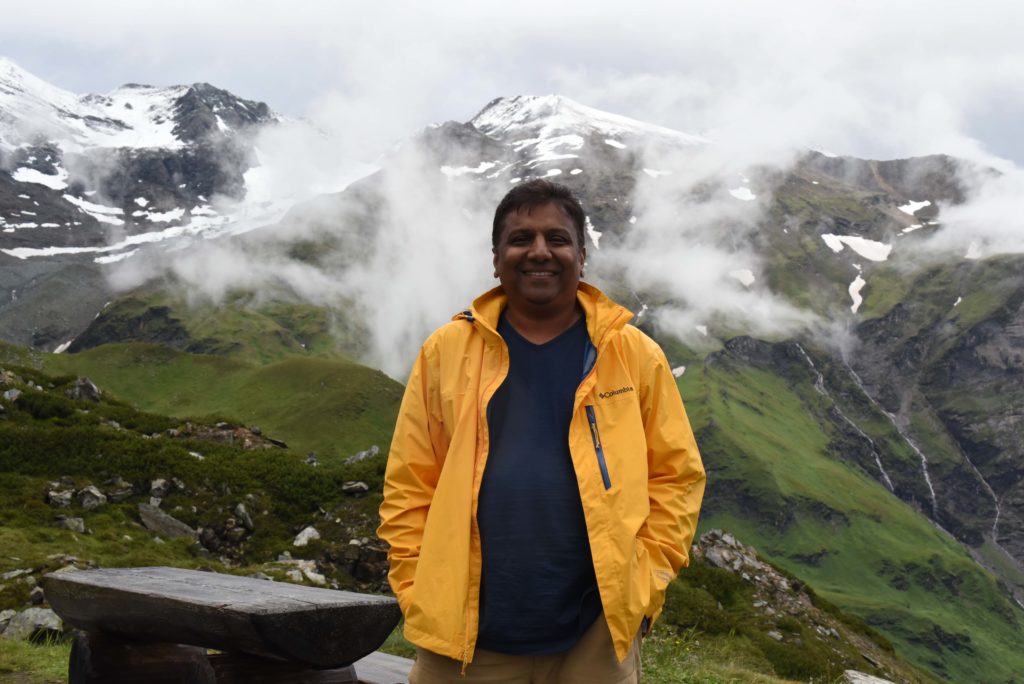Have you heard of the Grossglockner Road in Austria? The Grossglockner High Alpine Road is the highest mountain pass road in Austria and makes for a fun and challenging road trip.
Once we made the drive ourselves, I could understand why sports car enthusiasts (like Mr.Suburbia ) aspire to drive the Grossglockner Hochalpenstrasse – Grossglockner High Alpine Road. Also called Grossglockner Mountain Road or Großglockner Hochalpenstraße, the drive that passes through the Hohe Tauern National Park is not just stunning, with seemingly endless views over the range of 37 mountains as the road climbs to 2,504 meters but it is thrilling and draws you in with a series of 36 hairpin bends that challenges you at every turn!

ROADS WERE MADE FOR JOURNEYS, NOT DESTINATIONS.
CONFUCIUS
This couldn’t be more true for our day on Grossglockner high alpine road, it was more about the drive, the journey than the destination.
WHAT IS IN THIS POST
Grossglockner High Alpine Road Drive
We left Salzburg to the start of the Grossglockner Hochalpenstrasse (at Bruck an der Grossglockner), the drive took about one and a half hours. The Grossglockner Road is between Fusch-Ferleiten in Salzburg to Heiligenblut in Carinthia. We drove through a few tunnels dug through the mountains, passed Zell am See and a few other pretty villages along the way. The drive over the Grossglockner can take an hour or more, depending on what you want to see and do along the way.

When we started the drive on the Grossglockner Mountain Road, it was raining and the roads a little slick and the mountains covered in a veil of fog. Once we got halfway up the drive, the fog cleared up enough to open up views of the limitless mountain ranges of the Alps laced with snow.

We saw some pine trees, grazing cows, verdant meadows filled with wildflowers, streams, and waterfalls in shades of icy blue. We stopped multiple times to capture the ever-changing landscape, there were plenty of restaurants and cafes en route to stop for coffee or lunch. There were marked trails for hikes along the way as well, that we could have stopped but we kept soaring up the road.

We made our way up the last hairpin bend and kept climbing till we made it up to the viewpoint where you can see the mountain peaks and Grossglockner glacier, the Pasterze. The highest point of the mountain road is the Edelweiss-Spitze located at above 2,500 meters. Several 3,000 m peaks can be seen from here but the largest of them all is the Grossglockner.

At 12,460 feet, the pyramid-shaped Grossglockner is the highest mountain in Austria. There is a visitor center with a Swarovski look-out and free underground car park from where you can enjoy the view of Austria’s highest mountain, the Grossglockner. The Grossglockner High Alpine Road makes Austria’s highest mountain accessible for everyone to enjoy!




Lookout Points, Stops & Hikes on the Grossglockner Road in Austria
You can just drive and not stop anywhere and still enjoy the Grossglockner High Alpine Road but if you have time plan for a couple of stops, small hikes, listen to the cowbells, sounds of waterfalls…

Piffkar – At 1620m Piffkar is the first point after the Fusch an der Glocknerstrasse toll station. If you have little kids it is a great stop to see the exhibition, Salzburg’s Tallest – the Fascination of Mountains and also go an easy 30-minute hike along a nature trail through the meadows.
Hochmais – A short walk downhill from the main road takes you to Hochmais Information Point (1850 m) where you can learn about the glacier, the flora and fauna and all about the Rotmoos nature reserve.
Oberes Nassfeld – At the Haus Alpine Nature Exhibitions ( Haus Alpine Naturschau -2260 m) you can learn about alpine ecology and the construction of the alpine road.
Fuschar Törl – This look-out terrace is a great photo opportunity and a must-stop spot at 2428m. It offers the best view of the Grossglockner point, especially to those coming from Salzburg.

Edelweiss-Spitze – At 2,571m this is the highest vantage point along the High Alpine Road. The turnoff to Edelweiss Spitze is marked and you will find a large parking lot by Restaurant Fuschertörl, where you can stop for lunch or just continue driving up the narrow road to Edelweiss-Spitze.
Glocknerhaus – This is the Trailhead to the reservoir Margaritzenstausee and lake Sandersee. The hike from Glocknerhaus to Kaiser-Franz-Josefs-Höhe is an absolute must if you can spend half a day. We stopped at the trailhead but didn’t have time for the hike. It is well-marked and easy-to-follow hike that takes 4 hours round trip.

Nassfeld Speicher – A small lake fed by two waterfalls just off the road between the Glocknerhaus and Kaiser Franz Josefs Höhe. Stop for 10 to 15 minutes
Kaiser Franz Josefs Höhe (2,369 m) – Lookout Point of Grossglockner and rapidly receding Pasterze Glacier. There is a visitor center and a large parking garage here. This is the starting point for the Gamsgrubenweg. Gamsgrubenweg is 2 hour hike that begins at Kaiser-Franz-Josefs-Höhe. A series of tunnels usher take you closer to a Pasterze Glacier Viewpoint and it is an easy hike that everyone can enjoy.








Best time to drive on the Grossglockner Alpine Pass
Late spring and summer is the best time to drive The Grossglockner High Alpine Pass which is the highest surfaced mountain pass road in Austria. We were there in early August. The route is treacherous in winter and is closed from early November until May. Even when it’s open, visibility can be hampered by dense fog, so check weather forecasts before tackling the route.

Tips for driving on the Grossglockner Mountain Road
Grossglockner Mountain Road is busy enough all year round, but there are more visitors, cars, motorcycles, hikers and bicyclists in the summertime. The official hours are from 6:00 am to 8:00 pm, you can’t enter the last 45 minutes of the day, because you could get stuck there overnight. The road is open during daylight hours May through October. In the late fall and early winter, check to see if the pass is open before going.
Where to Start: At Bruck in the Salzburg valley, and continue through the Ferleiten toll entrance.
Top tip: Start early in the morning to beat the hordes of motorbikes and tourists. There is a toll of around €35 for a car.
You can read more about the history, details of the construction of how this popular old trade route became a sought after the road to conquer. There are family friendly stops along the way with museums, play areas and hiking options with different levels of difficulty. If you planning to spend more time in the area, Hotel Römerhof is a family-run 4-star hotel in Fusch that looks lovely where there is an on-site restaurant, lounge and swimming pools to relax after the Grossglockner High Alpine road drive and hikes.
I could appreciate why 900,000 visitors per year make their way up this twisty road once I experience it firsthand. Are you a road trip enthusiast?
Do you have other suggestions for some amazing drives? We have done the Amalfi drive and would love to drive the Trollstigen in Norway soon!
If you like scenic road trips, here are a few you might like:
Amalfi Coastal drive
Moorea Island drive
Best of Alps Drive
Ring Road in Iceland
Douro River Valley Drive
Texas Road trips
PIN IT FOR LATER


Note: This post may contain affiliate links, partnership or sponsored content. If you purchase an item via one of these links, we may receive a small commission at no extra charge to you. But as always images and opinions are our own. For more information on our affiliates and privacy policy at Outside Suburbia see here.
CONNECT WITH US
